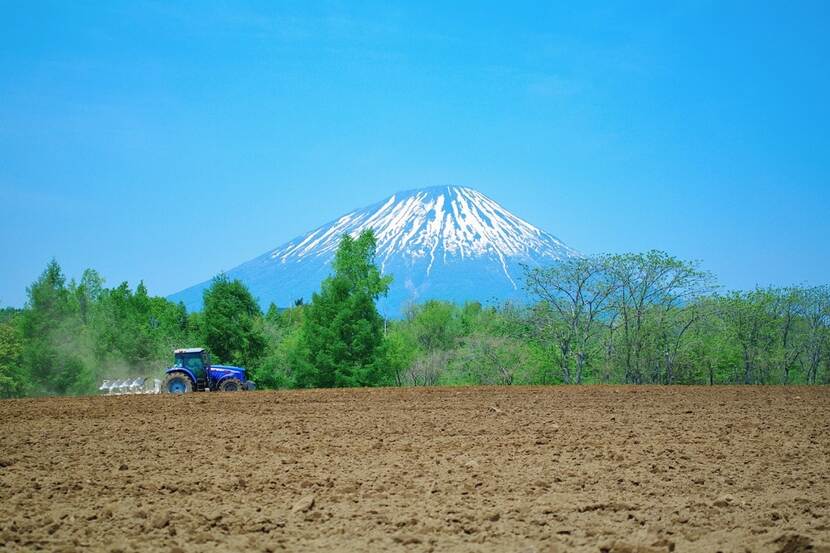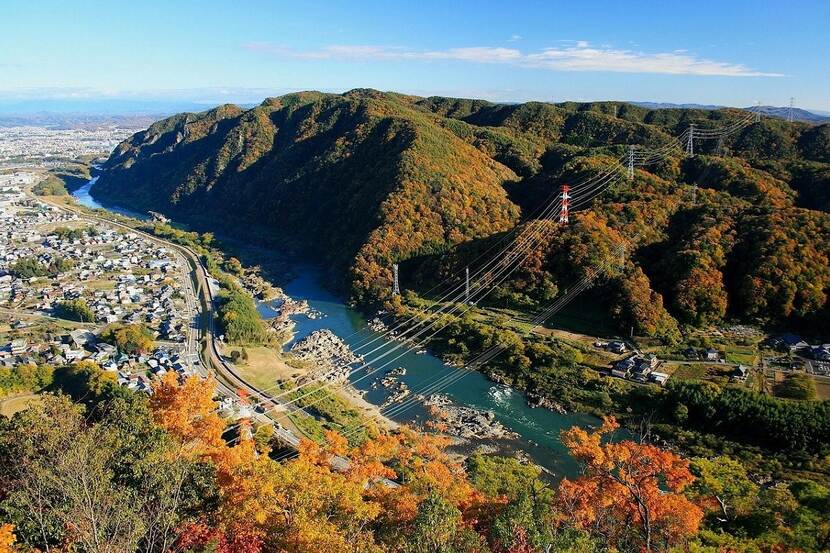Japan News Update #18 (29 Nov - 6 Dec, 2021)
Stay updated on the latest agricultural news in Japan, that we publish every two weeks.
by Yuki Sano
New technology development
National Agriculture and Food Research Organization (NARO) announced a sniper physical pest control method. They developed a method of modelling the flight patterns of pests and predicting their position 0.03 seconds in advance. In 2025, NARO aims to create a laser sniping system to control pests instead of Chemical pesticides.
Source: NARO develops sniper physical pest control method using laser sniping
The University of Tokyo, Yamaguchi Prefecture and the National Institute of Agrobiological Sciences have developed a device that irradiates apple and red grape with blue LED light to promote fruit skin colouring. Apple and grape growers have been plagued by poor fruit colouring due to global warming and other factors, which reduces the value of their products, but this device is expected to improve the situation.
Source: Development of a device to promote apple and grape skin coloring
Japan’s food import and export
In marketing year (April - March) 2020/21, Japan's fresh potato production was 2,204,000 metric tons, a decrease of 8.1 per cent in production volume compared to MY 2019/20 mainly due to unfavourable weather in Hokkaido. On the other hand, on consumption, the processing sector has increased its annual share of the potato market by reducing natural loss and gradually replacing table potato varieties.
Source: Japan’s fresh potato production at 2,204,000 tons in MY2020/21

In 2021, the value of Japan's food exports is sure to reach the government's target of 1 trillion yen (7,8 billion euro) for the first time. The value of exports of food, agriculture, forestry and fisheries products from January to October increased by 28% year-on-year to 973.4 billion yen. In addition, beef exports to the US and scallops to the US and China have increased. Shipments of sake and whisky have also grown steadily.
Source: Japan’s food exports to top ¥1 trillion in 2021
For more than a decade, the public and private sectors have worked together to make the agricultural region of Fukushima a safe place to live again. Whereas 55 countries and territories imposed import restrictions on products from Fukushima after the 2011 disaster, around 75% of countries have lifted their restrictions. The US also lifted its restrictions following the announcement of the US Food and Drug Administration in September 2021. As a result, total overseas exports of Fukushima products have nearly doubled, from 153 tons in 2010 to 285 tons in 2020.
Source: Safer than Safe: Inside Fukushima’s Food Monitoring System
In 2020, domestic cheese consumption reached a new high for the sixth consecutive year, 360,744 tons of cheese in fiscal 2020. Japan imported 88% of Natural Cheese which accounted for nearly two-thirds of overall consumption. The highest volume in 2020 was imported from Australia, followed by New Zealand, the USA, the Netherlands and Germany.
Japan’s current Food-Tech market
The number of vegetable vertical farms or "factories" in Japan has grown from 93 in 2011 to 390 in February 2021. The trend is drawing investment in automation and artificial intelligence (AI) from overseas, Germany-based Infarm and outside the agricultural sector, the company "Tsunagu Community Farm” established by Chubu Electric Power, ES-Con Japan and vertical farming specialists Spread.
Source: Tech powers vertical farming growth in Japan
A new food genre is gaining attention in Japan: complete nutrition. BASE FOOD Inc., a start-up that creates nutritionally balanced staple food, had raised around 400 million yen in 2020. The CEO of BASE FOOD was ranked 6th in Forbes Japan's "Japan's Entrepreneurial Ranking 2022".
Source: BASE FOOD challenging staple food innovation, ‘Nutritional noodles’: Japan’s Base Food makes Stateside statement of intent with first launch
A pig farming company is now offering its popular local pork produce around the clock. Kondo Swine Pork's main branch in the eastern prefecture of Gunma introduced the vending machine, which can freeze items at near minus 20 degrees Celsius. Before introducing vending machines, the shop could open only two days per week because staff are busy breeding pigs.
Source: East Japan hog farm trots out meat vending machine for all-day pork purchases
Decarbonization and food waste reduction
While Japan has many forests, most are old and their ability to absorb carbon declines. Thus, it is necessary to cut down old trees and plant new ones. The expansion of wooden buildings is crucial to compensate for cutting down trees. The public and private sectors need to work together to stimulate new demand for wooden construction while addressing fire resistance and cost issues.
Source: Fundamental shift in business activities vital to Japan's decarbonization
The amount of food waste in Japan fell for the fourth year in a row in fiscal 2019 to an estimated 5.7 million tonnes, a record low. This is the result of increased efforts to reduce waste. As a result, households and businesses such as canteens and convenience stores reduced food waste by 150,000 tonnes each, falling to 2.61 million tonnes for households and 3.09 million tonnes for businesses in FY2019.
Source: Record low amount of food wasted in Japan in FY 2019
